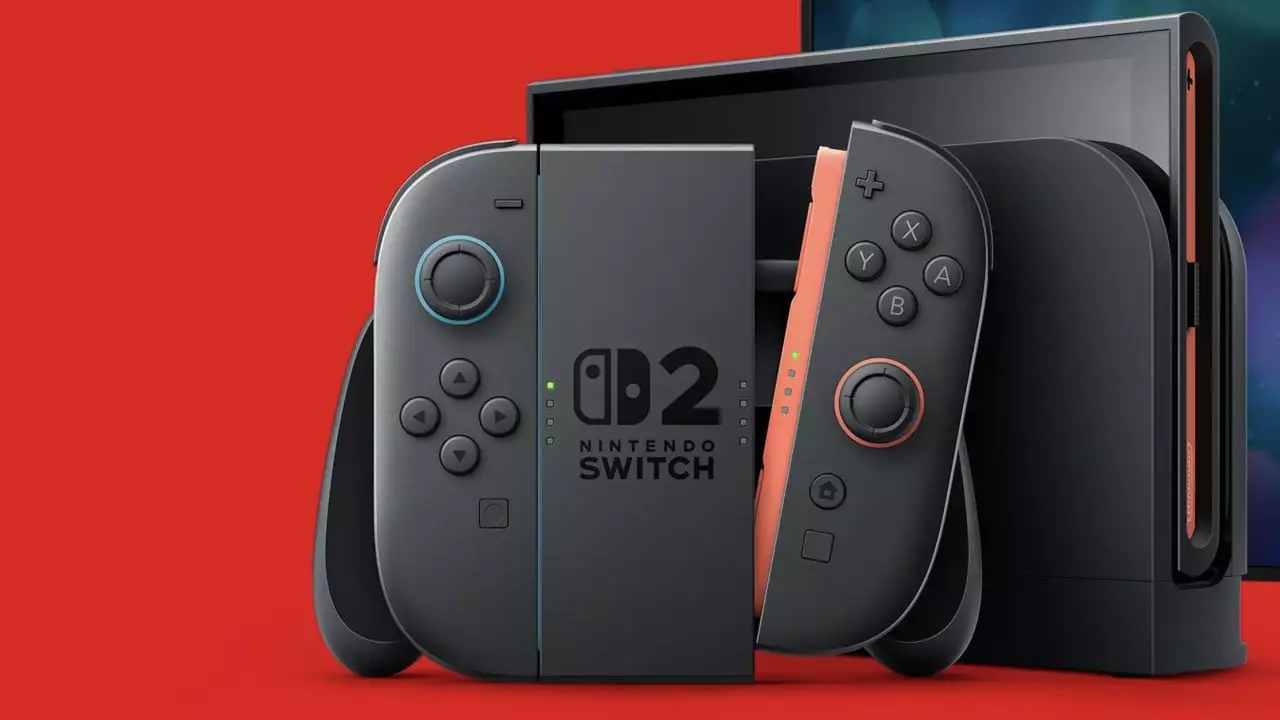In an ever-evolving industry marked by innovation and creativity, the naming of gaming consoles often reflects the broader strategies and philosophies of their developers. Nintendo’s decision to brand its upcoming console as the ‘Switch 2’ raises intriguing questions about brand legacy, market position, and consumer expectations. At first glance, the name may seem simplistic, yet it encapsulates a profound understanding of brand value—even as the gaming universe continues to expand and diversify.
According to Shawn Layden, the former head of PlayStation, the choice of name hinges on the established recognition associated with the ‘Switch’ label. With over 146 million units sold globally by September 2024, the original console has solidified its brand identity, suggesting that deviating from this naming convention would risk diluting its established market presence. Layden pointed out, “They’ve created so much brand value in the word Switch, why would you mess with that?” This perspective invites us to think critically about how the stability of a brand can often outweigh the allure of a more creative designation.
In a landscape dominated by tech giants, such a decision reflects Nintendo’s unique strategy. The company has consistently prioritized innovation while maintaining foundational elements beloved by fans, leading to a dichotomy between risk-taking and brand preservation. By opting for ‘Switch 2’, Nintendo is reinforcing the legacy of the existing products while signaling continuity to consumers.
Layden also commented on Nintendo’s distinct position within the gaming industry, noting how the company “has created its own lane.” This metaphor speaks volumes about Nintendo’s ability to carve out a niche that transcends the standard competition found among other gaming powerhouses. It emphasizes Nintendo’s commitment to crafting experiences that exist outside typical gaming paradigms, which has both rewarded them with a loyal fan base and secured their relevance in a crowded marketplace.
In discussing the company’s trajectory, Layden expressed confidence that Nintendo will sustain its success. He suggested that years of navigating the industry’s ups and downs have equipped the company with the resilience necessary for continued innovation. In light of this, Nintendo’s approach to the ‘Switch 2’ may not only be a reflection of its past success but a deliberate strategy to secure its future position as a key player in gaming.
Industry perspectives also affirm the positive outlook on Nintendo’s forthcoming device. Phil Spencer, CEO of Microsoft Gaming, remarked that the Switch 2 is likely to be a “massive success,” echoing Layden’s sentiments about the respect bestowed upon Nintendo by its competitors. Such confidence from industry leaders suggests that naming conventions might matter less than the experiences and innovations behind them.
While the name ‘Switch 2’ may lack the extravagant flair often associated with new product launches, its practicality and homage to brand legacy speak volumes about Nintendo’s strategic direction. As gamers await the next title in a beloved franchise, the industry remains curious about what comes next, reaffirming that sometimes, simplicity serves as the best bridge between tradition and future innovation.


Leave a Reply